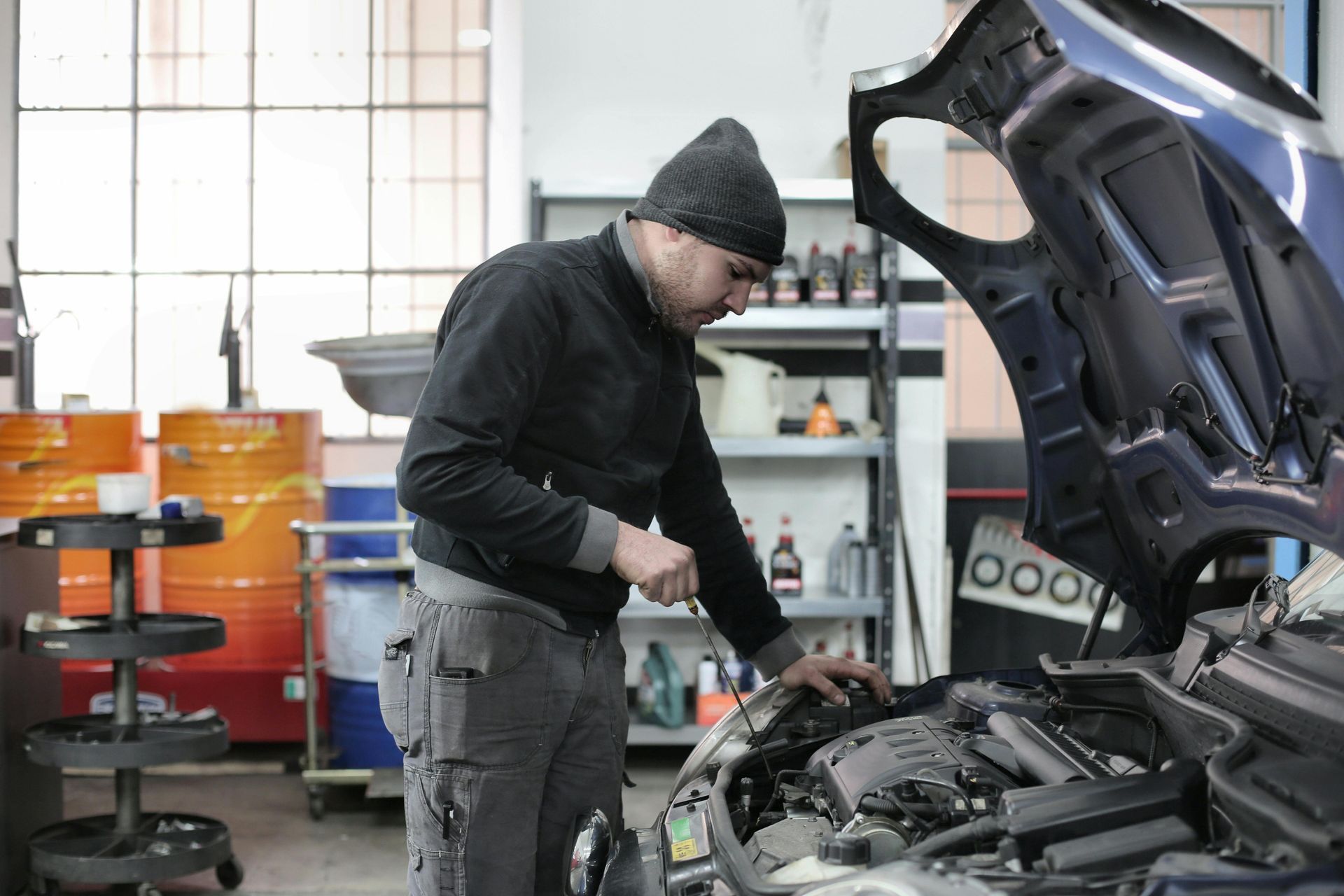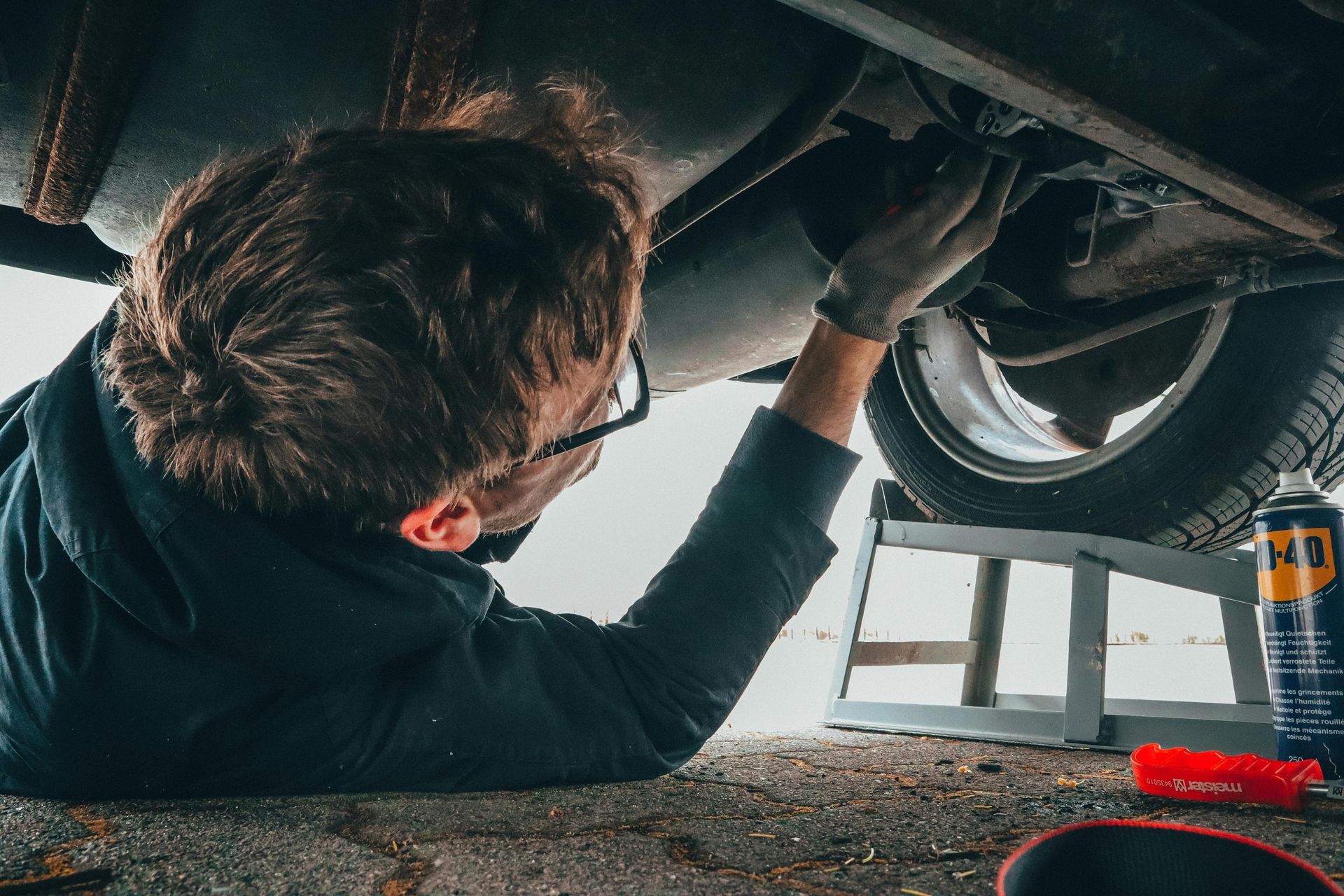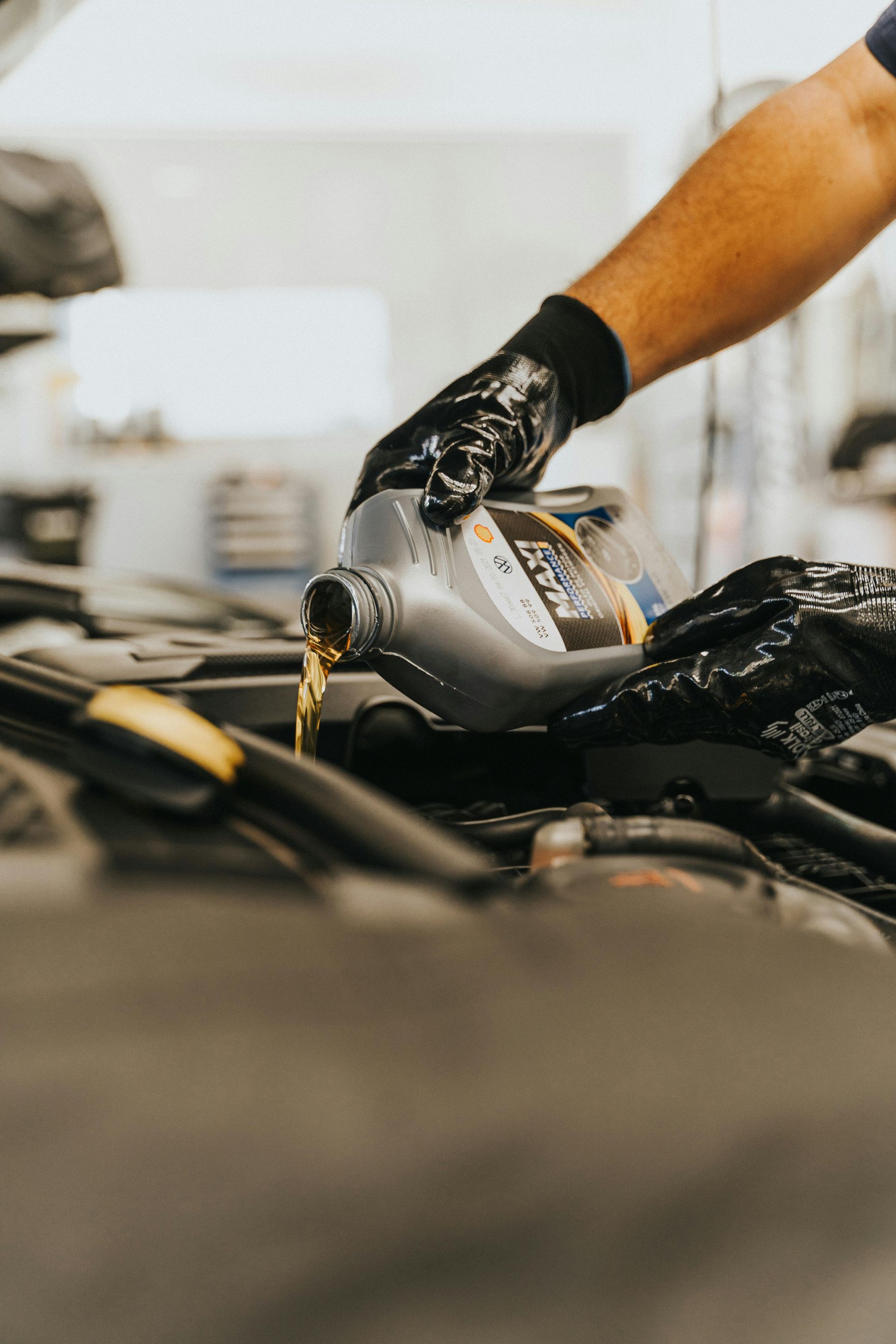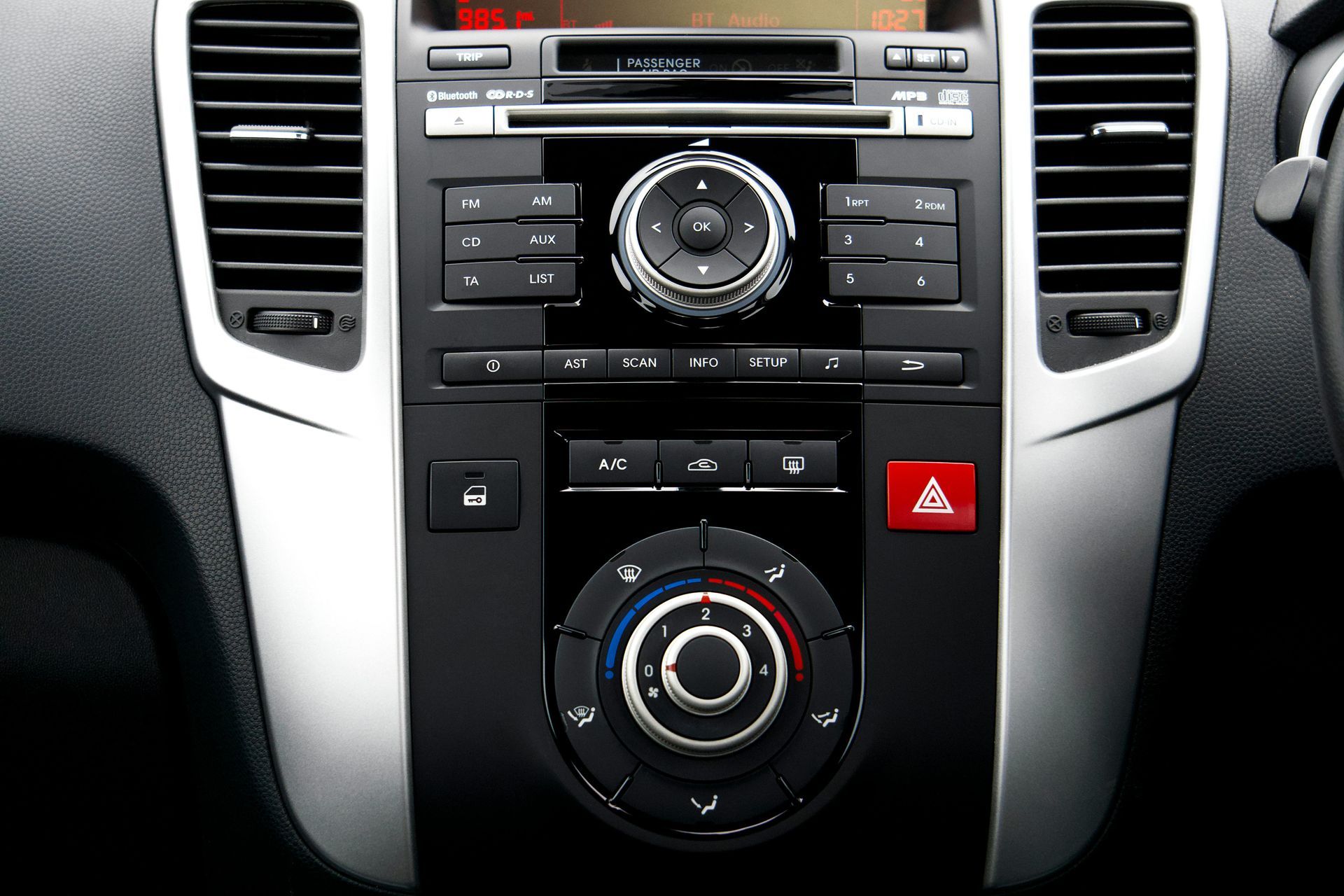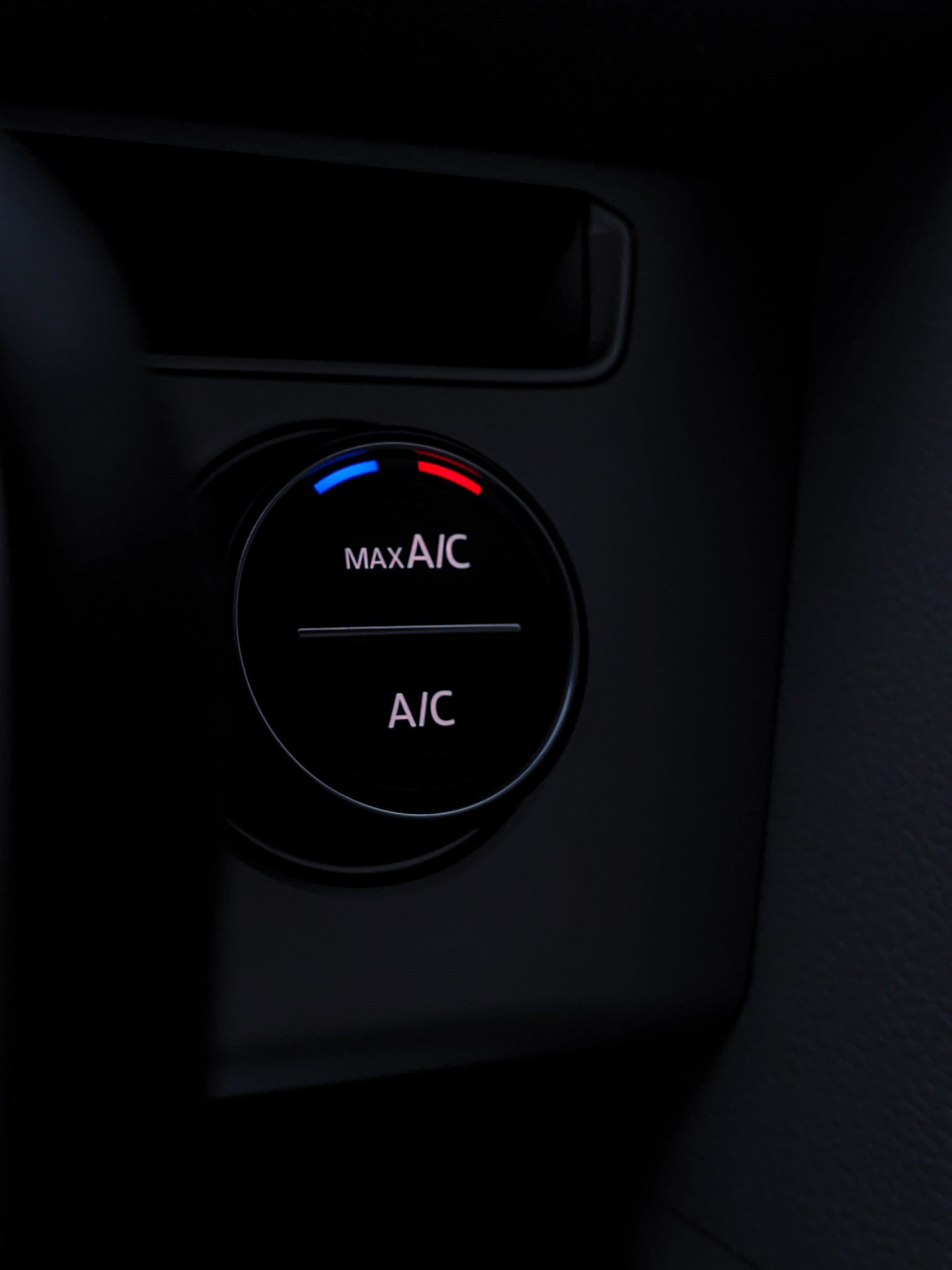10 Signs Your Car Needs an Engine Diagnostic (And What to Expect)
Today’s vehicles are more advanced than ever, equipped with onboard computers and sensors that constantly monitor your car’s performance. But when something isn’t right under the hood, your vehicle often tries to tell you—it’s just a matter of knowing how to listen.
At Willamette Automotive Care in Springfield, OR, we specialize in professional engine diagnostics that go far beyond simply scanning for error codes. Our goal is to help you understand what’s happening with your vehicle and fix the issue before it turns into a major repair. In this guide, we’ll cover ten signs your car may need an engine diagnostic, what’s involved in the process, and how diagnostics can save you time, money, and headaches in the long run.
What Is an Engine Diagnostic?
An engine diagnostic is a detailed analysis of your vehicle’s engine control system. Using professional-grade diagnostic tools, our technicians access your car’s onboard computer (the OBD system) to retrieve trouble codes, analyze sensor data, and assess real-time engine performance. But it’s more than just reading codes—we also interpret what those codes mean in context, helping pinpoint the root cause of the issue.
At Willamette Automotive Care, we use this process to give Springfield drivers answers they can trust and repairs they can plan around.
10 Signs Your Car Needs an Engine Diagnostic
Let’s break down the most common symptoms that signal it’s time to bring your vehicle in for a diagnostic check.
1. The Check Engine Light Is On
This is the most obvious sign. If your check engine light is glowing steadily—or worse, flashing—it’s your vehicle’s way of saying, “I need attention now.” The cause could be anything from a loose gas cap to a misfiring cylinder, and only a proper diagnostic can narrow it down.
2. Decreased Fuel Efficiency
Noticing that you’re filling up more often? A drop in gas mileage could be a sign that your engine isn’t running efficiently due to faulty oxygen sensors, dirty fuel injectors, or combustion issues.
3. Rough Idling or Engine Stalling
If your car shakes or sputters when you’re stopped at a light, or if the engine stalls without warning, there could be a problem with airflow, fuel delivery, or ignition timing. Diagnostics help identify which system is off balance.
4. Lack of Power or Hesitation
An engine that struggles to accelerate or lags when you step on the gas might have a problem with sensors like the mass airflow sensor, throttle position sensor, or fuel pump. These components can often fail silently until performance drops.
5. Unusual Noises from the Engine Bay
Ticking, knocking, hissing, or pinging sounds can all indicate trouble within the engine. Diagnostics, paired with a thorough physical inspection, help uncover whether it's valve-related, exhaust-related, or something more serious.
6. Black Smoke or Odd Exhaust Smells
If you see thick black smoke coming from your tailpipe or notice a strong smell of gasoline or rotten eggs, your engine may be running too rich or burning oil. A diagnostic can confirm if emissions systems are failing or if there’s internal engine damage.
7. Frequent Misfires
Misfires feel like your engine is “skipping a beat,” often accompanied by jerking during acceleration. These are often caused by worn spark plugs, failing ignition coils, or sensor malfunctions—all of which diagnostics can pinpoint.
8. Hard Starting or No Start Conditions
A healthy engine should start quickly and reliably. If yours cranks for too long or refuses to start, there could be issues with your starter, battery, fuel system, or ECM. A diagnostic scan gives us the clues needed to diagnose and repair the issue efficiently.
9. Warning Lights Beyond the Check Engine Light
Modern cars can illuminate a variety of warning lights—battery, oil pressure, ABS, traction control—that may all be tied to deeper engine or electrical problems. Diagnostics help tie these symptoms together into a full picture.
10. Failed Emissions Test
In Springfield, OR, certain vehicles are required to pass emissions testing. If you’ve recently failed or been flagged during your DEQ inspection, it’s time for an engine diagnostic. Common culprits include catalytic converter problems, EGR system faults, and bad O2 sensors—all of which diagnostics can uncover.
What to Expect During an Engine Diagnostic at Willamette Automotive Care
When you bring your vehicle to Willamette Automotive Care in Springfield for an engine diagnostic, here’s how we handle the process:
Step 1: Scan and Retrieve Trouble Codes
We connect your car to our diagnostic scanner to pull any stored trouble codes and identify where the issue may be occurring.
Step 2: Analyze Real-Time Data
We examine sensor readings like fuel trim, RPM, throttle position, air/fuel ratios, and more to assess whether all components are communicating and operating properly.
Step 3: Perform a Visual Inspection
Codes tell part of the story—but not the whole thing. We inspect hoses, connectors, ignition components, and more to detect visible signs of wear or damage.
Step 4: Test Related Systems
If needed, we test specific components like coils, injectors, and fuel pressure to confirm our findings. This ensures we’re repairing the right problem, not just guessing.
Step 5: Provide a Clear, Honest Report
We’ll walk you through the issue, show you the data, and give you repair options based on priority. No jargon. No upsell. Just straightforward advice from a local team that cares.
Why Diagnostics Matter More Than Ever
Modern engines are highly complex, relying on dozens of interconnected systems. Guesswork can be costly, leading to unnecessary parts replacements or unresolved problems. Engine diagnostics help us avoid that by delivering clarity—fast.
At Willamette Automotive Care, we’ve invested in cutting-edge diagnostic tools and continuous training to ensure Springfield drivers get the most accurate answers possible. Whether your check engine light is on or something just feels “off,” we’re here to help make sense of it.
Final Thoughts
When your vehicle shows signs of distress, it’s tempting to ignore them until the problem gets worse. But early diagnostics are one of the most effective ways to protect your engine, prevent breakdowns, and save money in the long run.
If you’re noticing any of the symptoms we discussed, now’s the time to schedule an engine diagnostic with Willamette Automotive Care. We’re proud to serve Springfield, OR with honest, expert auto care—and we’ll make sure your vehicle gets the attention it deserves.
